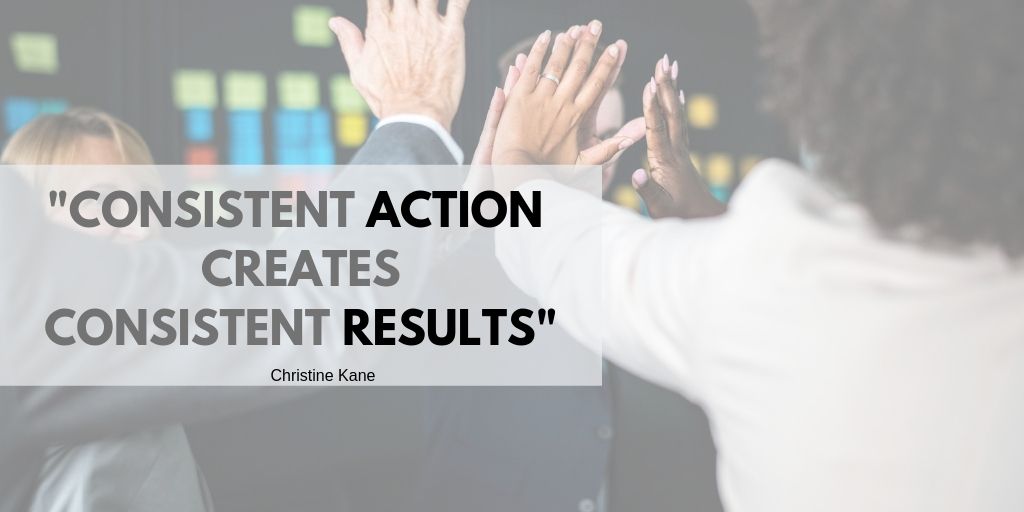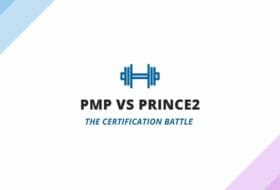In this video clip, author and speaker Simon Sinek articulately explains why the things that matter most aren’t measurable, nor can they be created over the short term. Watch the video, then I’d like to extend his thought process into continuous improvement.
The idea of doing the little things consistently over time is a powerful one that we often overlook in our hurry to show a spectacular result this week. We don’t get results from the big action we are taking today. We get results when business-as-usual is getting the little things right the vast majority of the time.
Let’s extend his line of reasoning down a level.
“At what point could we say we were living continuous improvement every day?” How can you measure that? Just like his analogies in the video, there isn’t an answer to that question. You can’t measure it. The idea of putting “culture change” on a project plan makes no more sense than a project plan for “falling in love.” You start to do the right things, and keep doing them, and at some point you realize the conversations are between the right people about the right things.
Decisions Cause Results
The results we are getting today – the success of our organization against any metric you choose; the organizational climate and culture; the initiative people collectively show; the quality of our own life results – are the cumulative outcomes of the decisions we have consistently made.
If we want different outcomes, then we have to work to change what we consistently do. This will take time. Sinek points out that there is space for exceptions, making mistakes here as long as we recognize them, recover, reflect, and continue to make the effort.
A Little Every Day
If this is a change in your default behavior, then this effort requires deliberately and explicitly comparing the conversations, actions and decisions that are actually happening with a baseline for comparison. “On a scale of 1-10, did I make my very best effort to be consistent with these values today?”* Ask that question every single day, and write down the number. Oh – can you articulate the values you are working to adopt? Maybe write those down in language that lets you use them as a test comparison.
Some Questions to Ask
Is what I am about to do or say more likely to:
- Encourage, or discourage, this person from sharing the truth (especially bad news)?
- Add, or subtract, fear from the environment or the next conversation?
- Encourage, or discourage, the sharing of ideas?
- Encourage, or discourage, a test or challenge of my assumptions?
- Encourage, or discourage, horizontal coordination across functional boundaries?
- Have this person look forward to our next conversation?
Fill in your own questions here, but you get the idea – get explicit, and ask Yes or No questions about the expected impact of the actions you are about to take. Use the same questions to reflect on the actions and conversations you had today.
Key to Change: Practice, With Correction
To change the outcomes we are getting we will have to practice new ways of interacting with those around us (and new ways of interacting with our own inner-voice – but that gets into psychotherapy). It does no good to berate ourselves when we make mistakes. That just induces stress and fear. “Avoiding mistakes” is the surest way to try nothing and to learn nothing.
Though the word “coach” is overused to the point of being a meaningless cliche today (much like the word “lean”), having someone to ask the hard reflection questions is much more helpful than trying to do this as an inner conversation in your own head. Unfortunately a lot of work places don’t provide this kind of support and encouragement. If that describes yours, then I’d encourage you to enlist a friend or confidant, or hire someone who isn’t embroiled in your “stuff” every day. That makes them more likely to challenge your excuses and the Basic Story you tell yourself to justify what you do.
Authority vs Leadership
Having formal authority certainly helps get stuff done, but it is not the same as leadership. Nor is formal authority required to exhibit leadership. Many people are expected to exert influence without having formal authority. And I fully understand the frustration that can come with this – been there, done that.
What works? I don’t know. Nobody knows. There isn’t a formula or recipe for effective influence. Rather there is working consistently in ways that build cross-linked networks of trust and mutual accountability between people at the working levels you can reach.
Getting there requires “grasping the current condition” of the organization’s dynamics, developing an interpretative story (or multiple stories), then running deliberate experiments as you seek to learn what works to influence those dynamics.








